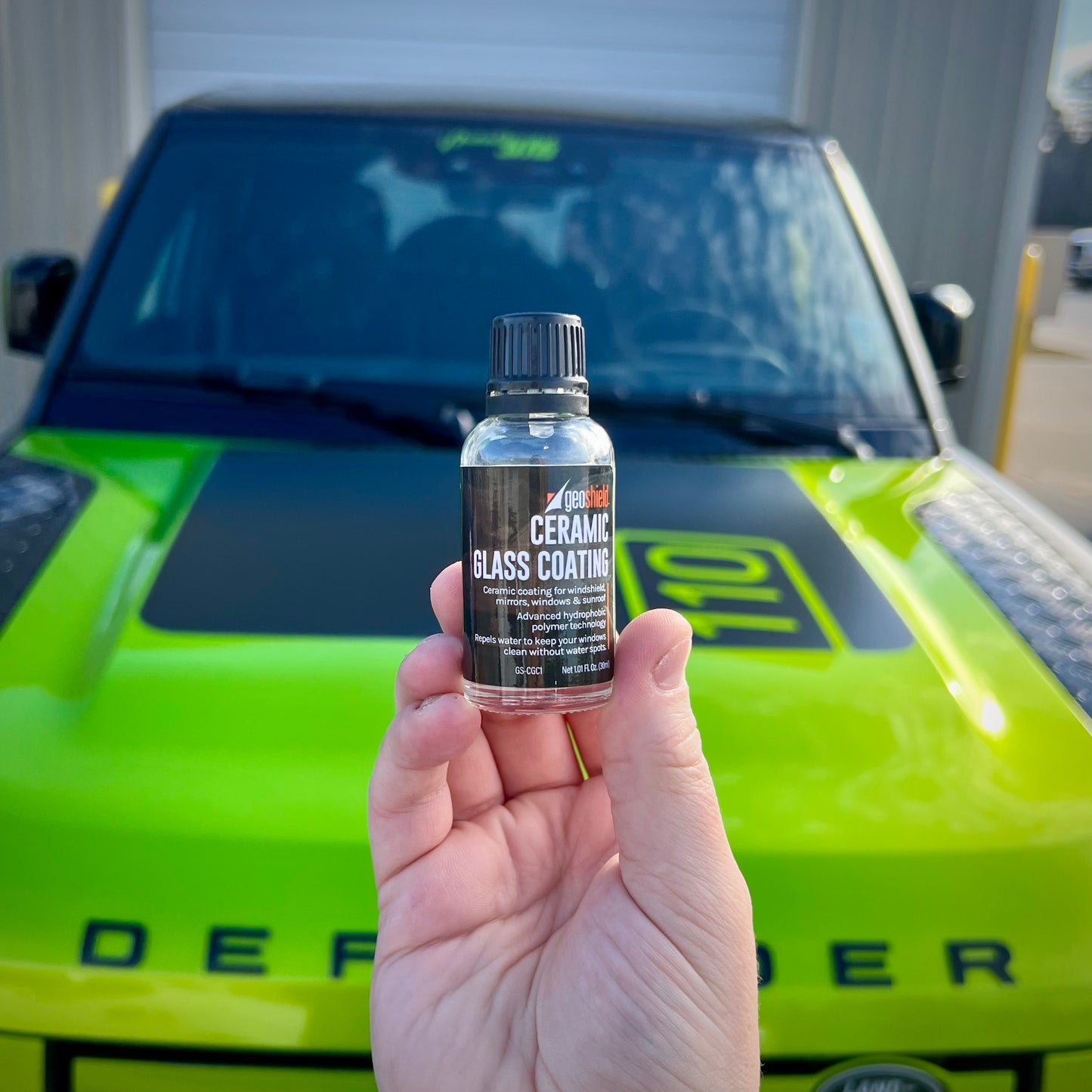Why Drivers Count On Ceramic Coating Philadelphia for Superior Car Care
Why Drivers Count On Ceramic Coating Philadelphia for Superior Car Care
Blog Article
Why Ceramic Layer Is the Ultimate Option for a Remarkable End Up
Ceramic layer has actually arised as a leading service for those seeking a remarkable coating for their cars, many thanks to its exceptional longevity and protective attributes. This sophisticated liquid polymer not just bonds seamlessly with manufacturing facility paint yet likewise supplies a formidable barrier against common risks such as scratches, UV rays, and toxic wastes. In addition, its hydrophobic buildings streamline maintenance while improving aesthetic appeal. However, comprehending just how this innovation contrasts to conventional approaches and discovering its application subtleties can disclose a lot more regarding its value. What aspects really set ceramic layer apart?
What Is Ceramic Covering?

When used appropriately, ceramic finishing creates a hydrophobic surface that wards off water and dust, making it less complicated to preserve and cleanse. Unlike conventional waxes or sealants, which typically provide temporary security, ceramic coverings can last for numerous years, relying on the item high quality and application approach. The procedure of applying ceramic layer calls for meticulous preparation, including detailed cleaning and sometimes paint correction, to make certain optimal bonding and efficiency.
Ceramic coverings are not restricted to auto surface areas; they can additionally be used on different products, including glass, steel, and plastics, offering a versatile service for improving protection. Generally, ceramic finishing represents a significant improvement in surface protection innovation, integrating both visual and functional benefits for a large range of applications.
Advantages of Ceramic Covering
While many surface area defense options exist, the advantages of ceramic finish stand apart because of its distinct residential properties and resilient performance. One of the key benefits is its remarkable durability. Ceramic Coating Philadelphia. Unlike standard wax or sealants that require constant reapplication, ceramic finishes offer a durable layer that can last for a number of years, considerably minimizing upkeep efforts
Another noteworthy advantage is enhanced defense versus ecological impurities. Ceramic coatings develop a hydrophobic surface that wards off water, dust, and various toxins, making it much easier to clean up. This attribute not only protects the lorry's appearance however likewise minimizes the danger of rust and oxidation, specifically in harsh weather problems.
Additionally, ceramic coverings offer premium resistance to UV rays, avoiding fading and destruction of paint gradually. This UV security is essential for preserving the aesthetic value of surface areas and vehicles exposed to route sunlight.
In addition, the glossy finish attained with ceramic finish boosts the general visual allure, providing surface areas a showroom-quality luster. Overall, ceramic finishings represent a considerable innovation in surface security innovation, providing long-lasting benefits that provide to both functional and visual requirements.
Exactly How It Functions
Recognizing the scientific research behind ceramic coverings discloses just how they supply such impressive protection and durability. At its core, a ceramic finishing is a liquid polymer that chemically bonds with the vehicle's go to my site factory paint.
The application process includes numerous actions, consisting of surface area prep work, which is crucial to attaining optimal adhesion. When used, the covering undertakes a curing process, throughout which it sets and develops a semi-permanent bond with the paint surface area. This bond is what identifies ceramic layers from traditional waxes and sealers, providing a longer-lasting safety barrier that can endure for many years.
In addition, the density of the coating can boost its safety top qualities, making certain that it can withstand harsh conditions. Inevitably, the science of ceramic layers incorporates sophisticated materials with ingenious application strategies to provide an unparalleled degree of protection and visual improvement for vehicles.
Comparison With Typical Methods
When contrasted to conventional paint protection approaches such as waxes and sealers,The advantages of ceramic layers come to be specifically apparent. While waxes use a short-lived sparkle, typically lasting a couple of weeks to a couple of months, ceramic coverings supply a resilient safety layer that can withstand for a number of years. This longevity significantly decreases the regularity of reapplication, making ceramic coatings a more cost-efficient option over time.
Furthermore, conventional methods commonly require substantial prep work and several applications to accomplish an adequate level of protection. On the other hand, ceramic layers bond at a molecular degree with the automobile's surface, developing a robust guard against ecological impurities like UV rays, acid rainfall, and road salts. This bond improves the car's resistance to scratches and swirl marks, which are common with traditional waxes and sealants.
Furthermore, the hydrophobic residential properties of ceramic layers repel water and dust, causing simpler cleaning and maintenance. On the other hand, wax and sealant-treated surface areas can attract gunk, necessitating even more constant cleaning - Ceramic Coating Philadelphia. Overall, ceramic coatings not just provide exceptional defense but also supply a much more long-lasting and aesthetically appealing surface, establishing them as the recommended option for critical vehicle owners
Application and Upkeep Tips

Utilizing a foam applicator, use the finish in small sections, complying with the maker's standards regarding thickness and overlap. Permit enough healing time in between coats, usually 24-hour, to guarantee correct bonding. After application, it is crucial to prevent exposure to water or harsh aspects for a minimum of a week to allow the covering to completely treat.
For maintenance, wash the car consistently with pH-balanced soaps and prevent rough products. Touchless cars and truck cleans are recommended to decrease damaging. Additionally, utilizing a ceramic upkeep spray can enhance the finish's hydrophobic residential or commercial properties and longevity. Normal examinations for websites any type of indications of wear will aid maintain the finish's honesty and protect that immaculate surface.
Conclusion
In conclusion, ceramic finish emerges as an exceptional alternative for accomplishing a flawless vehicle coating. By creating a robust bond with manufacturing facility paint, ceramic layer properly shields versus scrapes, UV rays, and environmental impurities.

Report this page